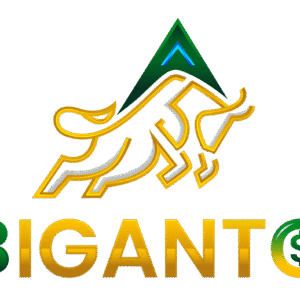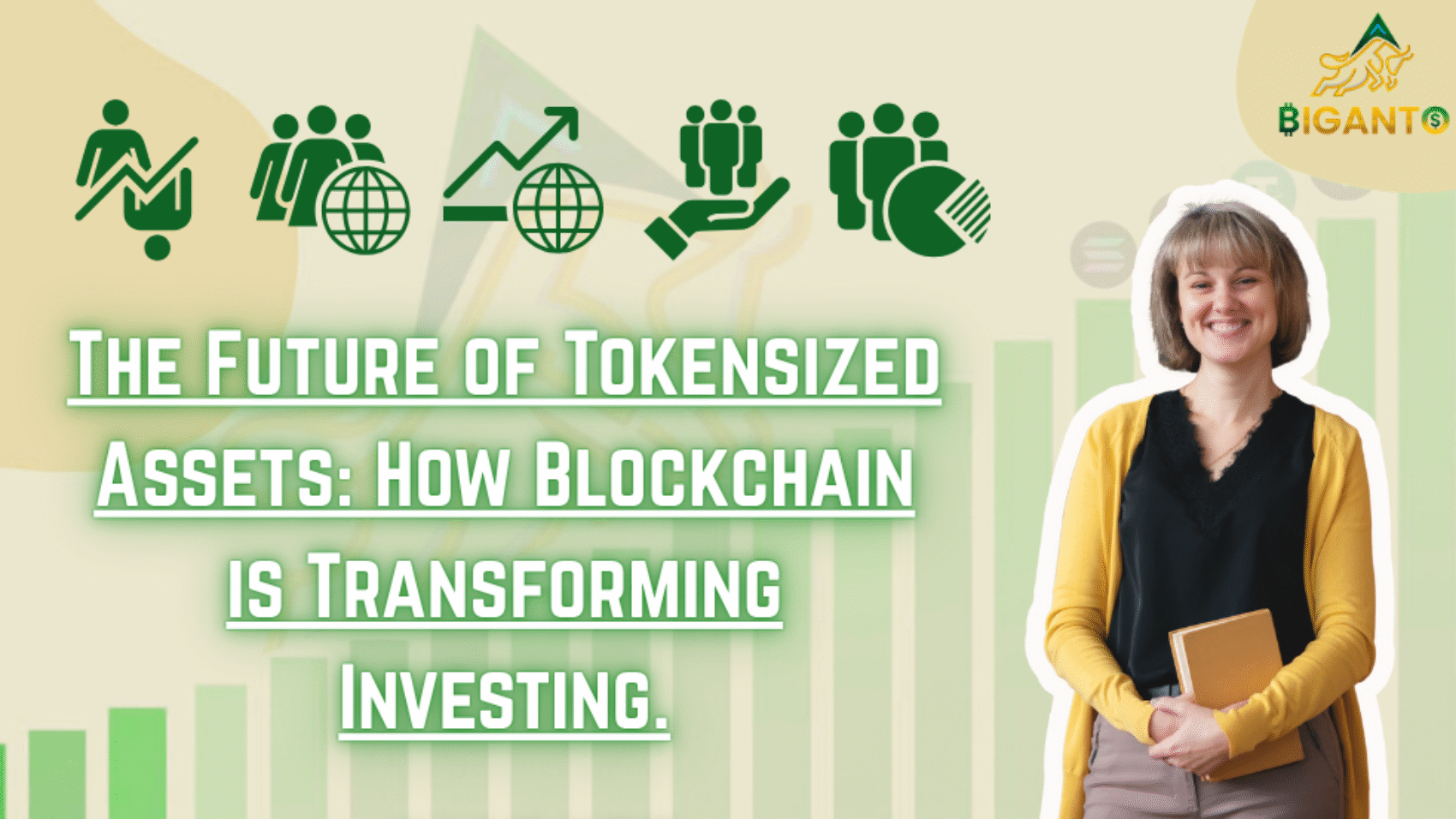The world of investing is undergoing a significant transformation, thanks to the emergence of blockchain technology and tokenized assets. Tokenization is the process of converting traditional assets, such as real estate, art, or commodities, into digital tokens that can be traded on blockchain-based platforms.
What Are Tokenized Assets?
Tokenized assets refer to real-world assets—such as real estate, stocks, commodities, or even art—that are digitally represented on a blockchain through tokens. These tokens act as proof of ownership or rights to the underlying asset, allowing them to be traded, transferred, or managed more efficiently than traditional assets.
The key innovation behind tokenization is the use of blockchain technology, which ensures transparency, security, and immutability of ownership records. Tokenization can be applied to almost any asset class, creating a broad range of possibilities for investors to diversify their portfolios and access new investment opportunities.
The Benefits of Tokenized Assets
1. Increased Liquidity
One of the biggest advantages of tokenization is the increased liquidity it brings to traditionally illiquid markets. For example, real estate is often seen as an illiquid asset, requiring significant capital and time to buy or sell. With tokenization, a property can be divided into smaller tokens that can be traded on a secondary market, allowing investors to buy or sell fractional ownership more easily.
2. Fractional Ownership
Tokenization enables fractional ownership, meaning that investors no longer need to buy an entire asset to gain exposure. For example, instead of needing to purchase an entire property, investors can buy a fraction of the ownership through tokenized real estate. This democratizes access to high-value assets, allowing a broader range of investors to participate in markets previously reserved for the wealthy.
3. Global Accessibility
Tokenized assets can be traded on blockchain platforms that are accessible to anyone with an internet connection, regardless of geographic location. Tokenized assets can be traded 24/7, providing greater flexibility and accessibility.
4. Transparency and Security
Blockchain technology provides a transparent and secure environment for asset transactions. Every transaction is recorded on the blockchain, ensuring that ownership is clear and tamper-proof. This level of transparency can significantly reduce fraud, counterfeiting, making it safer for investors to participate in markets.
How Blockchain is Transforming Investment Strategies
1. Asset Diversification
Tokenization allows for greater diversification in an investor’s portfolio. Previously, many asset classes were difficult to access for the average investor, particularly high-value assets like real estate or fine art. With tokenized assets, fractional ownership and lower capital requirements make it easier to build a diversified portfolio that includes a broader range of asset types—each with its own risk-return profile.
This diversification can help reduce risk, improve returns, and expose investors to new, emerging markets and asset classes.
2. Instant Settlement and Reduced Counterparty Risk
Blockchain enables faster settlements of transactions, which typically take days in traditional financial markets. With tokenized assets, settlements can be completed within minutes or hours, reducing counterparty risk and making it easier for investors to quickly access their funds when needed.
Moreover, smart contracts on blockchain can automate many aspects of transactions, removing human error and ensuring that terms are automatically enforced, further reducing risk.
3. Access to New Investment Opportunities
Tokenization opens the door to new asset classes that were previously inaccessible to retail investors. For instance, investors can now buy fractional ownership in rare art collections, venture capital funds, or private equity deals—markets that were traditionally reserved for institutional investors or the ultra-wealthy.
This level of access could transform investment strategies by offering new opportunities for growth and income generation.
The Future of Tokenized Assets
The future of tokenized assets looks incredibly promising. As blockchain technology continues to mature and regulatory frameworks are established, tokenization will likely become a mainstream practice for a wide range of asset classes. The potential to democratize access to investments, increase liquidity, and streamline the investment process will attract more investors and institutions into the market.
Additionally, the rise of decentralized finance (DeFi) platforms, which use blockchain technology to offer financial services without intermediaries, will play a crucial role in shaping the future of tokenized assets. These platforms enable the creation and trading of tokenized assets in a decentralized, peer-to-peer environment, further reducing costs and increasing efficiency.
Conclusion
Tokenized assets are revolutionizing the investing landscape, providing greater liquidity, accessibility, and transparency. Blockchain technology plays a critical role in the creation and trading of tokenized assets, enabling secure, transparent, and efficient transactions. As the market continues to evolve, we can expect to see increased adoption, regulatory clarity, and technological advancements.

